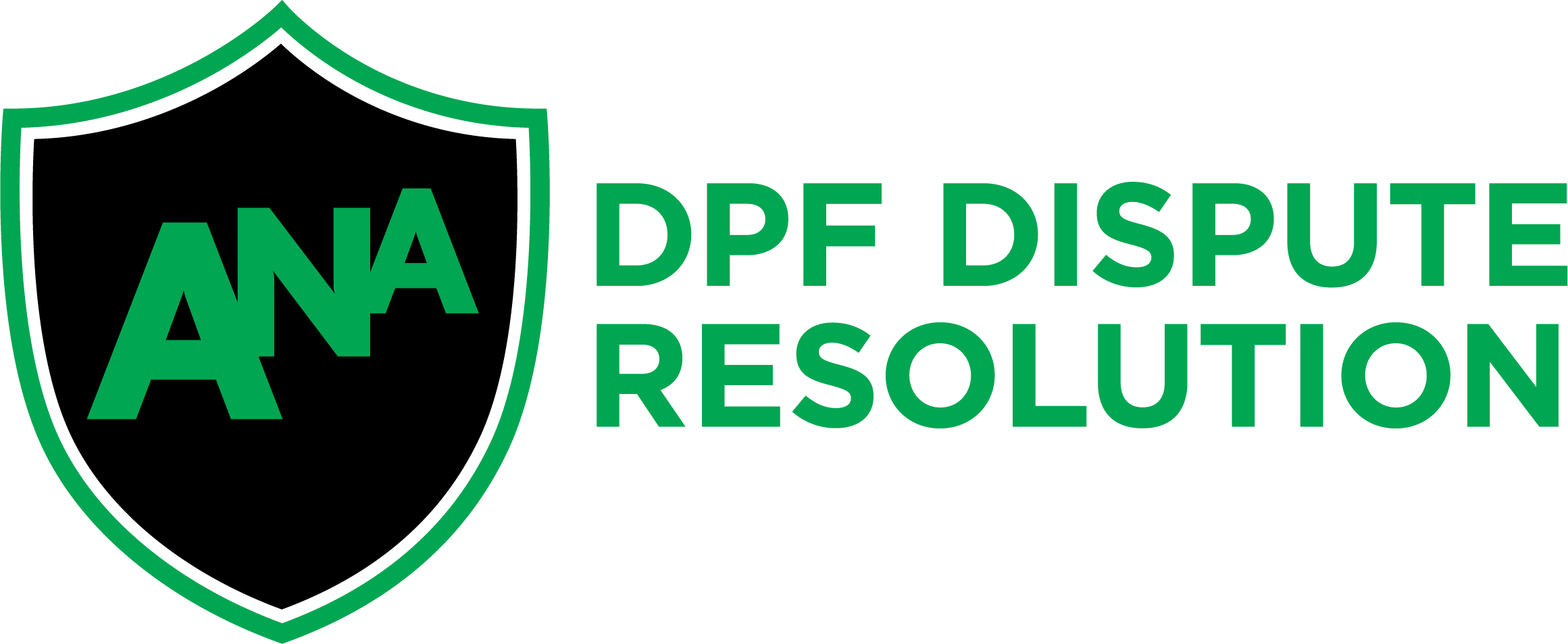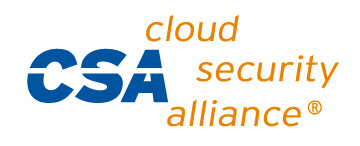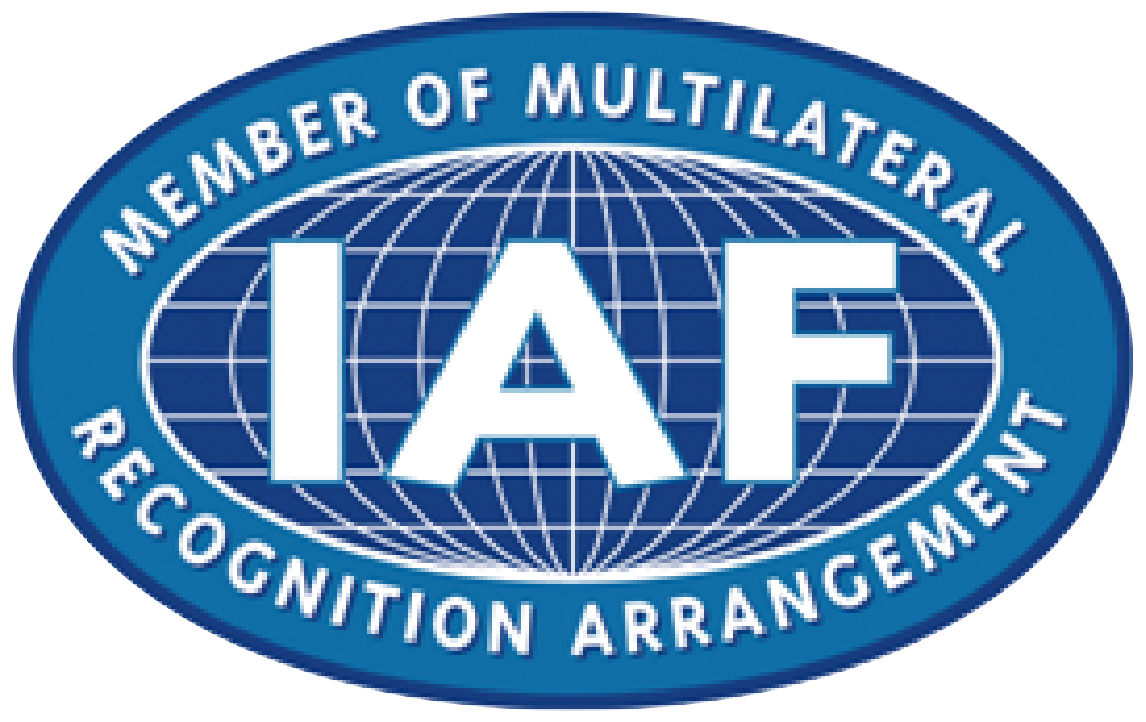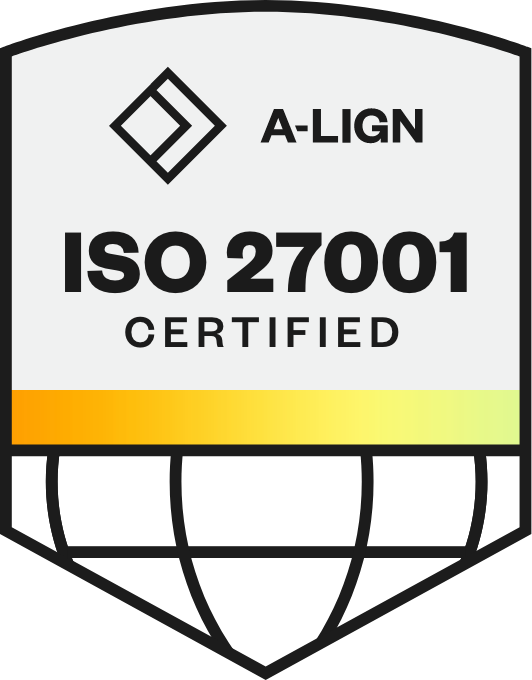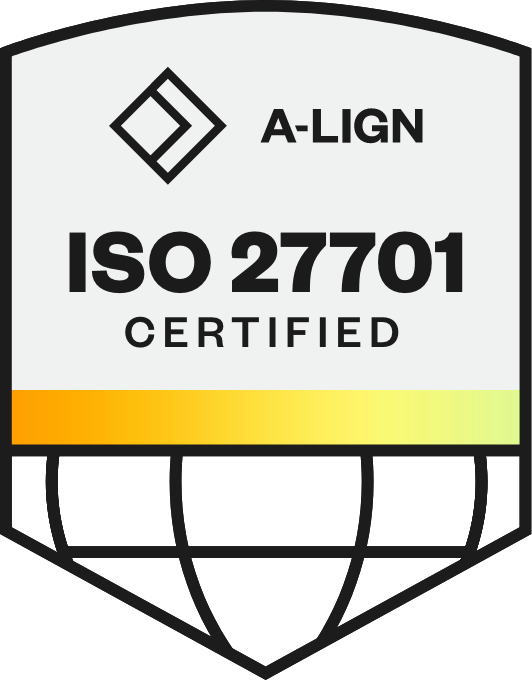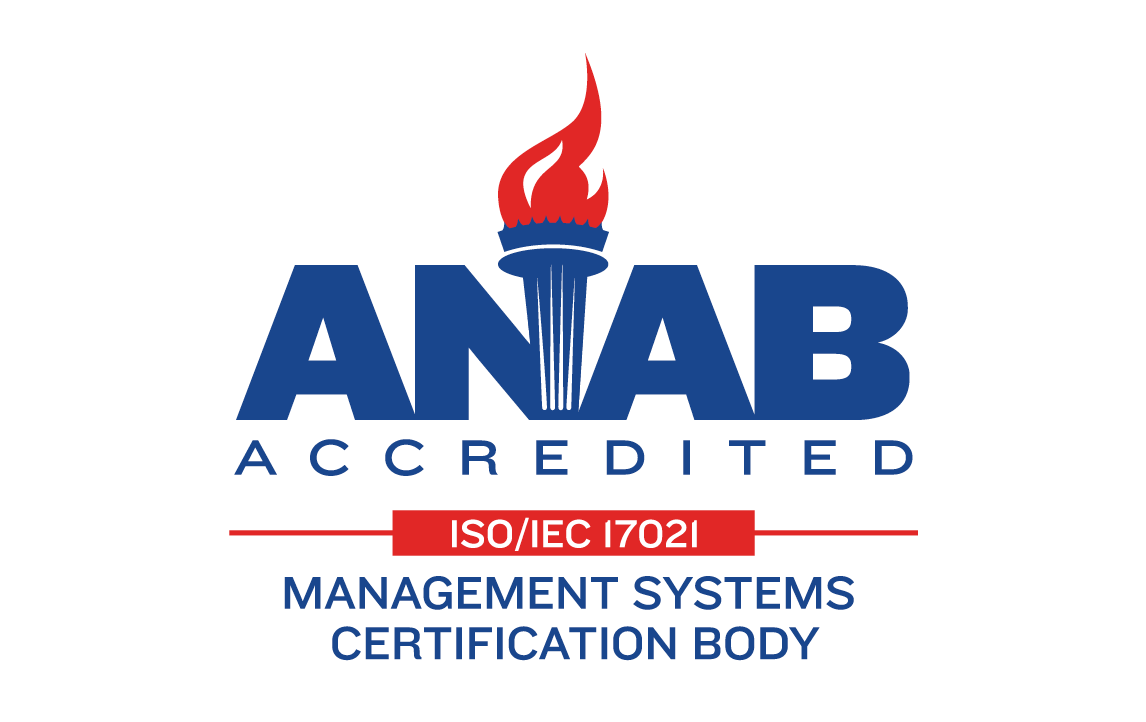
Support Governance: Building Long-Term Success Through AI & Automation
Support governance creates the structure needed to solve problems quickly, empower your team through self-service, and adapt as your business needs evolve. For Phenom customers, effective support governance isn't just about fixing what's broken — it's about building confidence in your platform every step of the way. Without long-term support governance, organizations often face inconsistent service, communication breakdowns, and slower issue resolution.
In Chapter 6 of Customer Obsession Day, Phenom experts shared how they approach support as a long-term, evolving function. Their insights offer a practical roadmap for maximizing your Phenom experience — from go-live to sustained success.
Watch the full discussion here or read on for key takeaways.
The Evolution of Customer Support: From Reactive to Proactive
Traditional customer support has long followed a predictable pattern: a user encounters a problem, submits a ticket, and waits for a resolution. This reactive approach, while functional, places the burden of initiation on your team and often results in frustration, delays, and inconsistent experiences.
Modern support governance, by contrast, anticipates issues before they arise, provides multiple paths to resolution, and leverages data to continuously refine processes. The most successful Phenom customers are building governance models that are inherently scalable and adaptable to future technologies and team expectations.

AI and Automation: The Backbone of Scalable Support
Strategically implemented AI and automation technologies can amplify support teams' capabilities and free specialists for complex, high-value interactions. AI-powered support chatbots visibly demonstrate this shift. Using natural language processing (NLP), these assistants understand everyday language, provide immediate responses, and guide customers to appropriate resources.
These support portal assistants work 24/7, checking case statuses, troubleshooting issues, and recommending knowledge base articles and training courses. Phenom AI-powered support chatbot in the PhenomCare portal, exemplifies these capabilities with several advanced features:
Natural language processing for conversational interactions
Direct integration with ticketing systems for seamless case creation
24/7 availability for support tasks and knowledge queries
Upcoming voice command functionality for hands-free operation
Proactive notifications for time-sensitive events like SSL certificate expiration
Ability to suggest relevant Phenom Explorer training courses based on user needs
Future capability to remember user preferences and recall previous inquiries
As Samirah Simms, Knowledge Lead, Global Customer Care (GCC), explains: "I know what you might be thinking. Another chatbot? Really? But it's more than just another bot. It's your new best friend for getting things done quickly and easily." As Simms notes, "We're blending cutting-edge technology with our commitment to top-notch support. Anything that saves time and makes life easier is worth getting excited about."
AI support transforms through learning from each interaction, improving responses and collecting data that informs broader strategies. Automation streamlines workflows between CRM and ATS systems. Intelligent routing directs issues to specialists without manual intervention, while built-in data validation automatically screens submissions for errors or missing information, preventing downstream issues that would affect users. This extends to hiring workflows, application processing, and candidate engagement.
Related reading: The Value of 1M Chatbot Interactions: Southwest Airlines Tells All
The Power of Automations in Support Governance
Automations play a crucial role in modern support governance by reducing repetitive work and enhancing accuracy. As Zsolt Gall, Technical Support Account Manager at Phenom, explains: "Automation speeds up tasks, reduces repetitive work, and boosts accuracy. For talent acquisition teams, Phenom Talent CRM automations help engage candidates better, keep data accurate, and make hiring smoother."
Creating effective automations follows a straightforward recipe:
When - Define the trigger that initiates the automation (profile creation, hiring status change, list addition)
If - Set conditions that filter which records qualify based on candidate or job criteria
Then - Specify the resulting action (adding to lists, tagging profiles, job assignments)
This framework allows teams to build automations that handle routine tasks automatically, freeing time for more strategic work. For support governance, this means faster response times, consistent application of policies, and reduced manual intervention.
When automations don't perform as expected, Zsolt provides customers with a systematic troubleshooting approach they can follow themselves:
Start by checking the last run date and trigger activity to verify when the automation was last executed
Review failures that occurred within the last 30 days
For deeper investigation, check the audit history to access detailed execution logs
Confirm candidate qualification by verifying that candidates meet the criteria specified in the conditions
This self-service troubleshooting process empowers customers to resolve many automation issues independently without needing to contact support, creating a more efficient ecosystem for both support teams and end users.
Empowering Users with Self-Service Portals
Users now expect instant access to information and problem-solving tools. Self-service portals have evolved from alternatives to essential support governance components.
Effective self-service platforms offer a comprehensive suite of tools designed to empower users. These include intelligent knowledge bases that suggest relevant articles based on user behavior, robust case tracking systems providing real-time visibility into issue status, intuitive user management tools for handling administrative tasks without support intervention, and personalized recommendation engines that tailor content based on role and historical interactions.
Together, these capabilities create a seamless self-service experience that reduces dependency on direct support while improving user satisfaction. Olga Stylianou, Technical Support Account Manager at Phenom, explains: "You can imagine Service Hub as your very own control center where you're the captain. With Service Hub, you're able to manage users, set security policy settings, and configure single sign-on."
Service Hub provides comprehensive functionality through five key sections:
Tenants - View and manage tenant-specific products and settings
Users - Add, edit, or deactivate users and manage permissions
SSO Config - Configure and update single sign-on settings without support tickets
Settings - Customize security preferences and login policies
Activity Log - View detailed history of user profile changes with timestamps
The platform also includes advanced features like email address updates for renamed users, test connection capabilities for SSO troubleshooting, and customization options for auto-provisioned accounts. This approach reduces ticket volumes by empowering administrators to handle tasks that previously required support intervention.
Governance Best Practices
Effective support governance requires clear structures, standardized processes, and strategic alignment. Key practices include:
Standardized Terminology and Workflows
Communication misalignment often hampers efficient support when customers and teams use different terminology.
A Project Manager at a healthcare organization, experienced this firsthand: "I would submit a support ticket to update our codes. I couldn't figure out why some tickets would take a day where others took up to a week for the exact same process."
The problem? The manager used "job codes" while the support team used "job categories." The resolution came through an in-person discussion: "Sitting down and showing them what I was looking at, I realized my language was incorrect." After aligning terminology, resolution times consistently dropped to 1-2 days: "Now I submit tickets with their language. I've done it about 15-20 times since then, and every time it goes smoothly."
Balanced Escalation Frameworks
Effective governance requires clear guidelines for when issues should remain within automated systems and when they require human intervention. The most successful organizations implement tiered support models with well-defined escalation pathways that consider:
Issue complexity and technical depth
Business impact and urgency
User experience and satisfaction implications
Opportunities for knowledge capture and process improvement
By establishing these frameworks, organizations ensure that routine matters are handled efficiently through automation while complex issues receive appropriate human attention without unnecessary delays.
Troubleshooting Support Governance
Support frameworks need ongoing refinement to address integration issues, data synchronization, and workflow bottlenecks.
1. Integration Challenges and Solutions
Apply flows are the structured pathways that job applicants follow when submitting their information through a career site. At Phenom, these flows connect applicants with your Applicant Tracking System (ATS) through two main methods: hosted apply and apply redirect.
Keith Rogers, Technical Support Account Manager at Phenom, explains: "The applicant comes to the career site, fills out application data... At submission, data goes to our application database, CRM, and via API to your ATS."
Common challenges include:
Apply flow validation failures: When submitted application data doesn't meet the ATS requirements. This often happens when required fields differ between systems, causing submission rejections.
Job poll integration issues: Jobs may not appear on career sites when they're missing essential details. Every job requires complete information including ID, title, description, date, location, recruiter details, and category.
Hiring status synchronization problems: When candidate profiles are merged in the ATS but not in the CRM, creating disconnected records that don't update properly.
When troubleshooting submission problems, support teams need the applicant's email ID and job ID to identify the specific validation failure from the ATS.
2. Proactive Monitoring and Diagnostics
Leading organizations are moving beyond reactive troubleshooting to implement proactive monitoring systems that identify potential issues before they impact users. These approaches include automated validation checks that continuously verify data integrity across integrated systems, regularly scheduled audits of critical workflows to identify bottlenecks or inefficiencies, and comprehensive performance monitoring to detect unusual patterns or response time degradation.
Organizations can use advanced predictive analytics that leverage historical data to flag potential failure points before they cause disruptions. By investing in these proactive measures, organizations can significantly reduce service interruptions and maintain higher levels of user satisfaction.
Security and Reliability
Support governance requires solid security, compliance, and reliability foundations for customer trust.
SSL Certificate Management
Proactive SSL certificate management prevents disruptions. Priyansha Saraf, Senior Technical Support Engineer at Phenom, explains: "An SSL certificate authenticates your website's identity and enables encrypted connection. Think of it as giving your site a shield."
Saraf highlights the Certificate Manager tool: "Updating SSL certificates keeps your site secure and trustworthy. Our certificate manager application improves customer experience and optimizes processes."
Phenom Certificate Manager provides two methods for certificate renewal:
Creating a Certificate Signing Request (CSR) directly from the tool to share with certificate providers
Uploading your own CSR, certificate, and private key for those who generate their own
Important best practices for certificate management include:
Planning to complete the entire renewal process on the same day to minimize transition issues
Carefully filling all CSR information to avoid validation mismatches
Utilizing group emails for notification subscriptions to ensure continuity
Adding subject alternative names when managing multiple domains
Verifying expiry dates after renewal to confirm successful implementation
This streamlined process empowers users to manage their own security needs while maintaining high standards, reducing dependency on support teams for routine certificate management tasks.
Measuring Success
Tracking improvements in long-term support efficiency requires carefully chosen metrics that demonstrate real business impact. Customer Satisfaction Score (CSAT) and Net Promoter Score (NPS) provide direct insights into how well your support experience meets user expectations. These satisfaction indicators should be paired with operational metrics like Average Resolution Time and First Contact Resolution Rate to ensure efficiency aligns with quality.
As AI and self-service capabilities expand, measuring AI Adoption Rates and the resulting speed improvements becomes increasingly valuable. Organizations leading in support governance track not only how many interactions AI handles but the time savings these technologies create compared to traditional methods.
Customer feedback loops are essential for refining support strategies. Regular surveys, support ticket analysis, and ongoing engagement help identify improvement opportunities and verify that governance changes deliver measurable value. By continuously monitoring these metrics and acting on trends, organizations can systematically improve their support governance framework over time.
The Future of Support Governance
Predictive AI is transforming support from reactive problem-solving to proactive prevention — identifying issues before they impact users. Organizations that thrive will balance technology with human expertise. This approach reduces costs and transforms support into a competitive advantage.
As Simms notes, "We're blending cutting-edge technology with our commitment to top-notch support. Anything that saves time and makes life easier is worth getting excited about."
For long-term success, develop scalable support strategies that embrace both technological advancement and human connection. Start by assessing your current governance framework and implementing AI-driven tools where they create the greatest impact — always focused on delivering exceptional customer experiences.
Ready to see how Phenom can redefine your customer experience? Connect with our team to learn more today or reach out to your Account Manager.
Apurba is a writer who specializes in creating engaging content, backed by storytelling, data, SEO and a cup of coffee. When she’s not writing, she’s reading, cooking fusion food, or curiously traveling like a local.
Get the latest talent experience insights delivered to your inbox.
Sign up to the Phenom email list for weekly updates!



